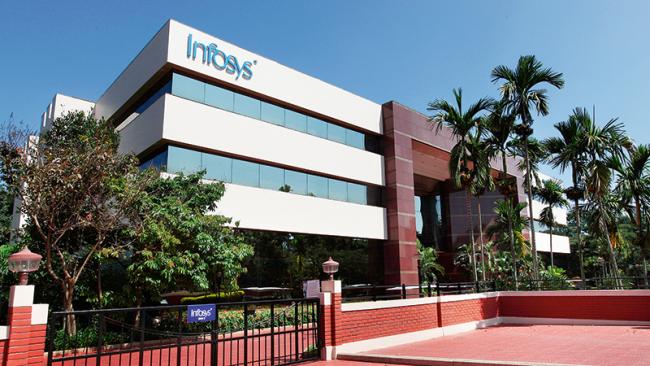Smart ventilation for people and the planet
Buildings have a significant role to play in reducing global energy consumption. Demand-controlled ventilation can deliver big energy savings while also providing clean, high-quality indoor air that keeps people healthy and productive. The best ventilation systems are powered by smart, accurate sensors – tiny devices that have a big impact on building health and sustainability.
The rise of sustainable building practices
With buildings accounting for around 40% of global energy consumption and HVAC systems consuming 38% of the energy in a building, there is huge potential on offer to make cost savings and contribute to the fight against climate change. This is particularly true in mission-critical buildings and energy-intensive environments. Decarbonization is also highly relevant in terms of the economic value of buildings. Buildings that are designed or upgraded with sustainability in mind can command a higher market value.
There are several standards and regulations in place today that encourage the adoption of more sustainable construction practices. These include the International Energy Conservation Code (2018), the EU Energy Performance of Buildings Directive, and the State of California’s Building Standards Code. This code requires demand-controlled ventilation (DCV) in some spaces with high occupancy.
Today, the two leading rating systems for green building are the UK’s BREEAM (Building Research Establishment Environmental Assessment Method) and the LEED (Leadership in Energy and Environmental Design), developed in the US. Both systems recognize the importance of DCV in terms of conserving energy and maintaining good indoor air quality.
Energy savings are only one part of the story
DCV with accurate and robust CO2 control has the potential to cut energy consumption by 50% compared to a system that simply supplies a constant volume of air into a building. A building with a smart, sustainable DCV system is not only far less energy intensive – it is also far less at risk of becoming an obsolete asset as environmental regulations continue to tighten.
But while energy savings are important, they are only one part of the story.
Smart ventilation for healthier buildings and people
Indoor air quality has a big impact on the health, productivity, and general well-being of a building’s occupants. In buildings with poor indoor air quality – indicated by elevated CO2 levels – people can find it more difficult to make decisions, concentrate on complex tasks, and respond effectively to crisis situations.
Elevated CO2 levels inside a building are a warning sign that the ventilation system isn’t doing its job properly.
How DCV improves indoor air quality and energy efficiency
DCV systems adjust the flow of air according to demand inside the building, reducing the intake of outdoor air when building occupancy rates are lower and increasing it when they are higher. This serves two main purposes:
- it ensures that the indoor air quality remains at the optimal level for human well-being, and
- it optimizes energy consumption by avoiding unnecessary over-ventilation.
Accurate, reliable measurements are essential for DCV to work properly. DCV systems typically use CO2 measurements as the trigger parameter to detect occupancy levels and the need for increased ventilation in a specific space.
Reliable and easily maintainable sensor technologies are a smart investment
When your goal is to achieve the best possible indoor air quality in the most energy-efficient way, trustworthy measurements are essential for your ventilation system control loop. Using poor-quality sensors will lead to measurement drift, eventually resulting in lower IAQ or increased energy costs. At the heart of Vaisala’s products for HVAC applications are some unique sensor technologies that will give you the accurate control you need.
These include:
- Vaisala CARBOCAP® – a highly reliable sensor technology for measuring CO2 that includes a built-in reference measurement for long-term measurement stability.
- Vaisala HUMICAP® – a technology for humidity and temperature measurement based on capacitive thin-film polymer that ensures fast, reliable, and stable long-term measurement.
These proven technologies are the key to ensuring accurate long-term measurement for control loops in DCV systems. Reliable, high-quality sensors not only help to keep your control loop working optimally – they also contribute to energy savings.
Improve building health and sustainability
Improving indoor air quality with smart DCV leads to health and productivity gains, and it can be done at the same time as optimizing energy costs and improving the sustainability of your building. Using high-quality, accurate sensors with excellent long-term reliability will make your building more energy efficient and future-proof, while improving the health and well-being of occupants.
By matching airflow into the building with actual demand, a smart DCV system with reliable sensors can:
- reduce the amount of energy needed to operate fans and to heat or cool the supply air
- reduce the risk of over or under-ventilation
- reduce overall energy consumption by up to 50% compared to a constant air volume system
- significantly improve indoor air quality, with a positive impact on the health and well-being of building occupants





